Optical performance (astrophotography)
Wide-angle astrophotography deals with pinpoint light sources and puts any lens that is developed for daytime photography to the acid test. In order to deliver excellent results in night sky photography, a lens not only has to be well-corrected for chromatic aberration but also for coma - and all this at the widest possible aperture (to collect as much light as possible) and at the infinity setting.
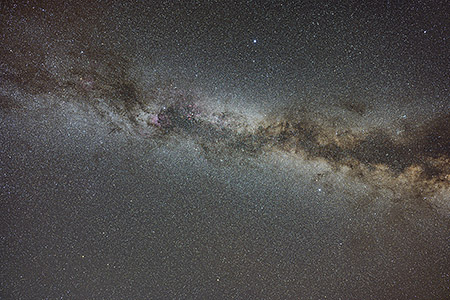
Some of the most expensive Nikon ED lenses produce mediocre results under the night sky: While they deliver sharp images across the field for a wide range of apertures and are generally well-corrected for chromatic aberrations, coma (UFO-like shape of the stars) shows its ugly head in the corners of the image at wide apertures. Ironically, some of the cheaper (mostly manual) third-party lenses available for the Nikon F mount have the least coma: Lenses from Samyang (equivalent brands: Bower, Rokinon) like the Samyang 14mm f/2.8 IF ED UMC, the Samyang 24mm f/1.4 ED AS UMC or the Samyang 14mm f/2.4 SP. There's a caveat, however: Quality-control for these lenses is rather poor. In recent years, a lot of astrophotographers have switched to or added Sigma Art lenses (e.g. the Sigma 14mm f/1.8 DG HSM), which show better quality-control and better overall sharpness but coma can still be a problem at the widest apertures.
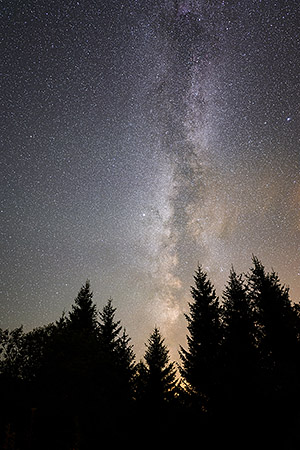
Though there are many Nikon lenses which perform well at f/5.6 or f/4, only a few deliver acceptable star shapes in the image corner at f/2.8. And f/2.8 is the aperture where it starts to get interesting: A lot of astrophotographers put their camera on a tripod and take short exposures - short enough so that the stars remain pinpoints and don't show star trailing (due to the Earth's rotation). With a 20mm lens and a full frame camera, exposure times longer than 10 seconds will lead to star trailing (to be more precise: if images are analyzed at 100% or printed large, stars near the celestial equator are already a tiny bit elongated with 10 seconds exposure time, while stars close to the celestial poles will be almost point-like; for small prints or for HD and 4K timelapse videos, longer exposure times can be accepted). The longer the focal length of the lens, the shorter the allowed exposure time. As a rule of thumb, if 200 is devided by the focal length of the lens, the maximum exposure time can be calculated ("200 rule"). E.g. if a 14 mm lens is used, an exposure time of 200/14=14 seconds will produce almost pinpoint stars when images are scrutinized at 100%. In order to get enough signal, a wide aperture and a high ISO value are used and images are "stacked" to minimize image noise. If the lens has to be closed to f/5.6 due to a bad coma performance, there is just not much light hitting the sensor.
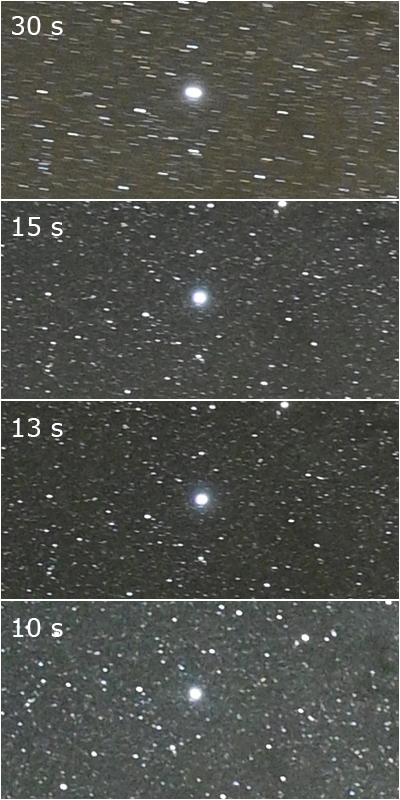
The astrophotography technique just described is one of two distinct methods. The other technique uses some sort of star tracking mount. Star trackers like the iOptron Skyguider Pro or Skywatcher's Star Adventurer have become very popular among astrophotographers who like to keep it simple and portable. Since the star tracker makes the camera follow the apparent motion of the stars, much longer exposure times are possible (limited mainly by the accuracy of the tracking mount). In order to collect as much light as possible, the widest useful aperture of the lens is still a deciding factor.
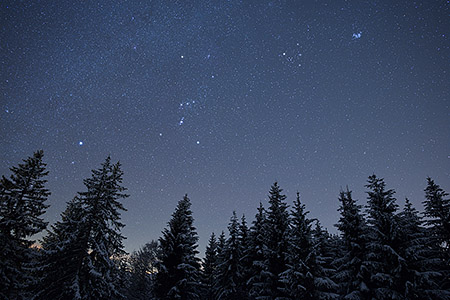
The Nikon AF-S 14-24mm f/2.8G, which was introduced in 2007, is one of the best Nikon lenses for astrophotography. If set to 14 mm focal length, the lens can be used wide open at f/2.8. Coma is well-controlled though I usually close it to f/3.5 or f/4 to minimize chromatic aberration and coma when used on a star tracking mount. At longer focal lengths, the lens doesn't perform equally well. Bright stars turn into conspicuous elongated objects in the image corners. In 2019, I purchased a Nikon AF-S 20mm f/1.8G lens just for astrophotography. This lens shows quite ugly coma in the image corners at f/1.8 and f/2, but closing it down to f/2.8 eliminates coma effectively (beating the Nikon 14-24mm f/2.8G at 20mm focal length). In search for an even better performance I purchased the Nikon Z 20mm f/1.8 S lens and made some comparisons with the Nikon AF-S 20mm f/1.8G under the night sky.
The new Nikon Z 20 mm f/1.8 S shows a bit of chromatic aberration across the field at f/1.8 and surprisingly little coma. The quality at f/1.8 is very acceptable - clearly better than with the older G lens. In small prints, coma is hard to detect. In very large prints a bit of coma will be visible. At f/2, chromatic aberration decreases a little bit while coma stays more or less the same (at a pretty moderate level). At f/2.8 coma and chromatic aberration performance are excellent. The 20mm Z lens sets new standards for astrophotography. Below, you can find astrophotography test images with the Nikon Z 20mm f/1.8 S and the Nikon AF-S 20mm f/1.8G for coma performance analysis (full resolution JPG sample images, opening in a new window, 25 MB file size each):
- Nikon Z 20 mm f/1.8 S at f/1.8
- Nikon AF-S 20 mm f/1.8G at f/1.8
- Nikon Z 20 mm f/1.8 S at f/2.0
- Nikon AF-S 20 mm f/1.8G at f/2.0
- Nikon Z 20 mm f/1.8 S at f/2.8
- Nikon AF-S 20 mm f/1.8G at f/2.8
Sample image details:
- Camera: Nikon Z6
- Exposure time: 3 minutes
- ISO: 1600
- Guiding: iOptron Skyguider Pro
The brightness differences of the three images (due to the different aperture used) were corrected in Adobe Photoshop (-1.3 EV for the f/1.8 image, -1 EV for the f/2 image and 0 EV for the f/2.8 image).
Let's take a closer look at the performance in the corners and in image center. Click on Fig.5 and Fig.6 to open a comparison of corner and center performance (JavaScript required).
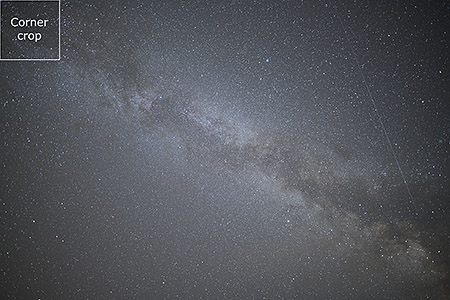
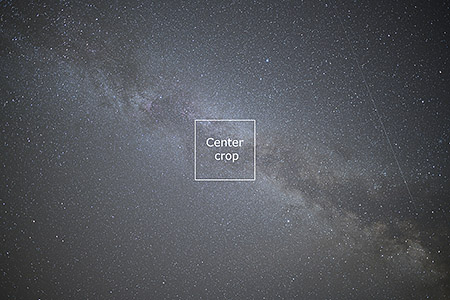
In this comparison, the Nikon Z 20 mm f/1.8 S is clearly better than the Nikon AF-S 20 mm f/1.8G in the image corners (by a wide margin). In image center, the differences are small.
Nikon Z 20mm f/1.8 S external reviews:
- photographylife.com
- photographyblog.com
(cache: 1 ) - cameralabs.com
(cache: 1 )
The cache numbers in parenthesis next to the links lead to cached pdf files (just in case the original links don't work anymore). The files usually only represent parts of the original contents from August 2020.